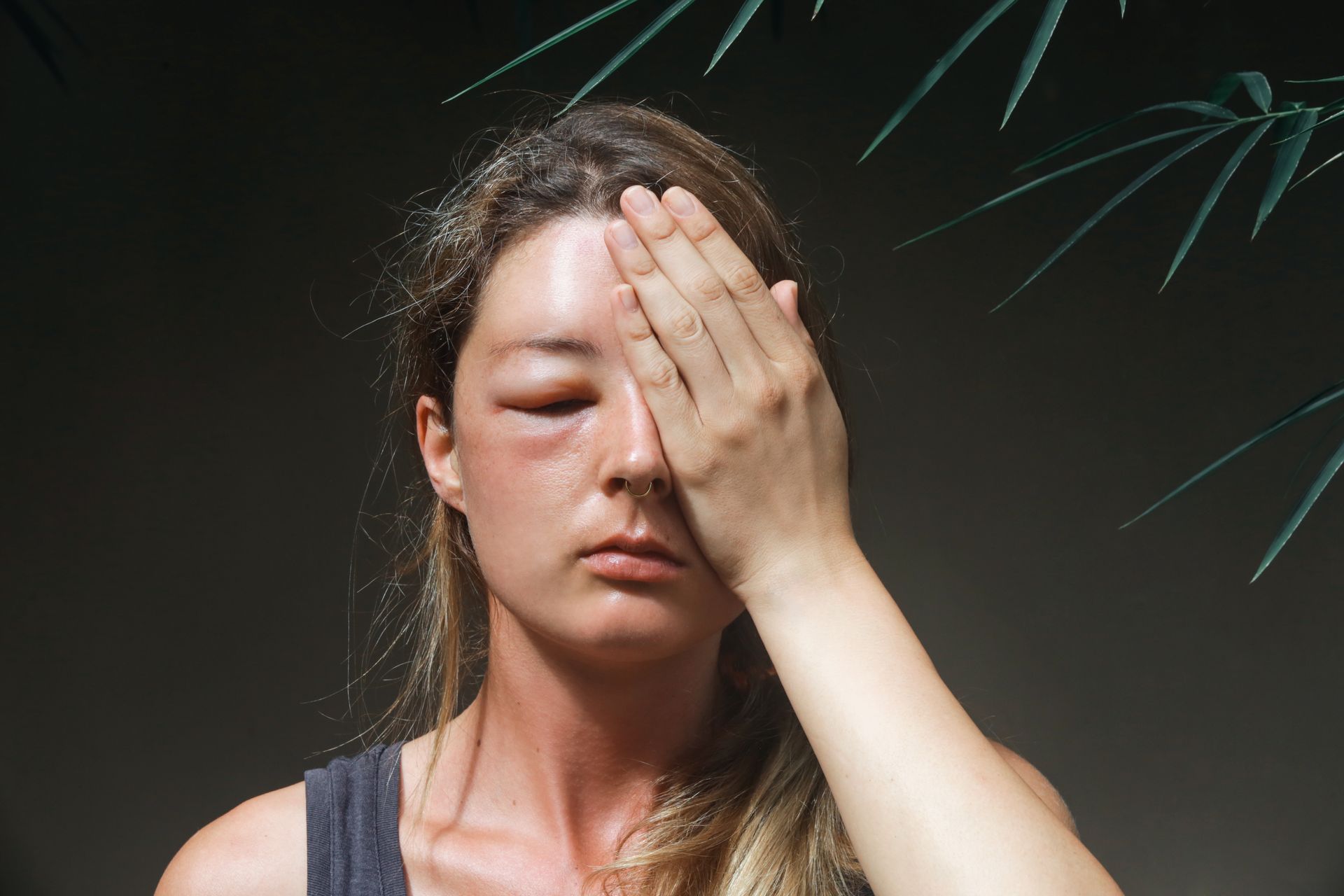Swim Smart: Essential Tips for Preventing Drowning and Staying Safe Around Water
Why Water Safety Matters
Every year, countless preventable tragedies occur in and around water. According to statistics from the World Health Organization, drowning is one of the top causes of accidental death globally, claiming hundreds of thousands of lives annually. Whether you’re at the beach, pool, or lake, water safety is a shared responsibility. By understanding potential risks and adopting best practices, you can protect yourself and others while enjoying the benefits of swimming and water activities.
Invest in Swimming Lessons
Learning how to swim is one of the most effective ways to prevent drowning. Professional swimming lessons equip individuals with essential skills, such as floating, treading water, and proper breathing techniques. They also build confidence and teach lifesaving techniques like how to rescue someone safely.
- For children: Start early! Swimming lessons can reduce the risk of drowning in children aged 1–4 years by up to 88%.
- For adults: It’s never too late to learn. Many community centers and organizations offer beginner and intermediate swimming classes tailored for adults who may feel hesitant or embarrassed about their lack of experience.
Maintain Constant Supervision Around Water
While swim lessons provide skills for self-rescue, supervision remains vital—especially for young children. Drowning is often silent and can happen in as little as 30 seconds, meaning vigilance is the key to prevention.
- Designate a water watcher: Always have a responsible adult focused on monitoring swimmers. This person should avoid distractions, such as reading a book or using their phone.
- Stay close: For children under five, ensure a supervising adult is within arm’s reach at all times, even in shallow water.
Use Life Jackets Wisely
Life jackets are a lifesaving tool, particularly for those who cannot swim or are in open water where currents may be strong. Wearing a correctly fitted, U.S. Coast Guard-approved life jacket offers buoyancy and security, reducing the risk of drowning.
- When to use life jackets: Always wear one during boating, kayaking, or paddleboarding activities. Young children should wear life jackets while near or in water that is over their skill level.
- What to avoid: Inflatable floats, such as arm bands or pool rings, are not substitutes for life jackets. These can deflate or slip off, leaving swimmers unprotected.
Avoid Risky Behavior
Safety around water isn’t just about skills—your decisions play a major role in preventing accidents. Small, everyday choices can make a big difference in keeping everyone safe.
- Don’t swim alone: Always use the buddy system, even if you’re confident in your swimming abilities. A trusted partner can help if you encounter trouble.
- Avoid alcohol and drugs: Impaired judgment and slowed reaction times are significant contributors to water-related accidents.
- Be cautious about dives: Only jump or dive into water after verifying its depth and checking for underwater obstacles.
Equip Yourself with Emergency Knowledge
Accidents can happen even when every precaution is taken, so being prepared for emergencies is crucial. Learning basic water rescue techniques can turn a potential tragedy into a save.
- Learn CPR: Immediate intervention following drowning can mean the difference between life and death. Many organizations, such as the American Red Cross, offer CPR certification classes.
- Use safety equipment: Learn how to use rescue tools, such as throw rings or shepherd hooks, to help someone without putting yourself at risk.
Awareness and preparation are critical to reducing the risk of drowning and ensuring everyone can enjoy water safely.
If you’re ready to take steps toward safer water habits, these practical tips are a great place to start, regardless of your age or swimming ability.
Take Action in Growing Water Safety Awareness
Water safety is everyone’s responsibility, and the more we educate and prepare ourselves, the safer our communities will be. Preventing drowning requires a combination of awareness, education, and vigilance. Remember, swimming is a skill, but safety is a mindset. If you or someone in your family isn’t confident in their swimming abilities, enroll in lessons. Share these water safety tips with friends and loved ones, so we can all work together to reduce drowning risks and make water activities enjoyable for everyone.
As a local adult and pediatric urgent care center, Vital Care Urgent Care is standing by to help those in throughout Midland, Odessa, Big Spring, Abilene, Andrews, TX, and the surrounding communities of West Texasthat may have been injured in swimming accidents. Visit our walk-in weekend clinics.






